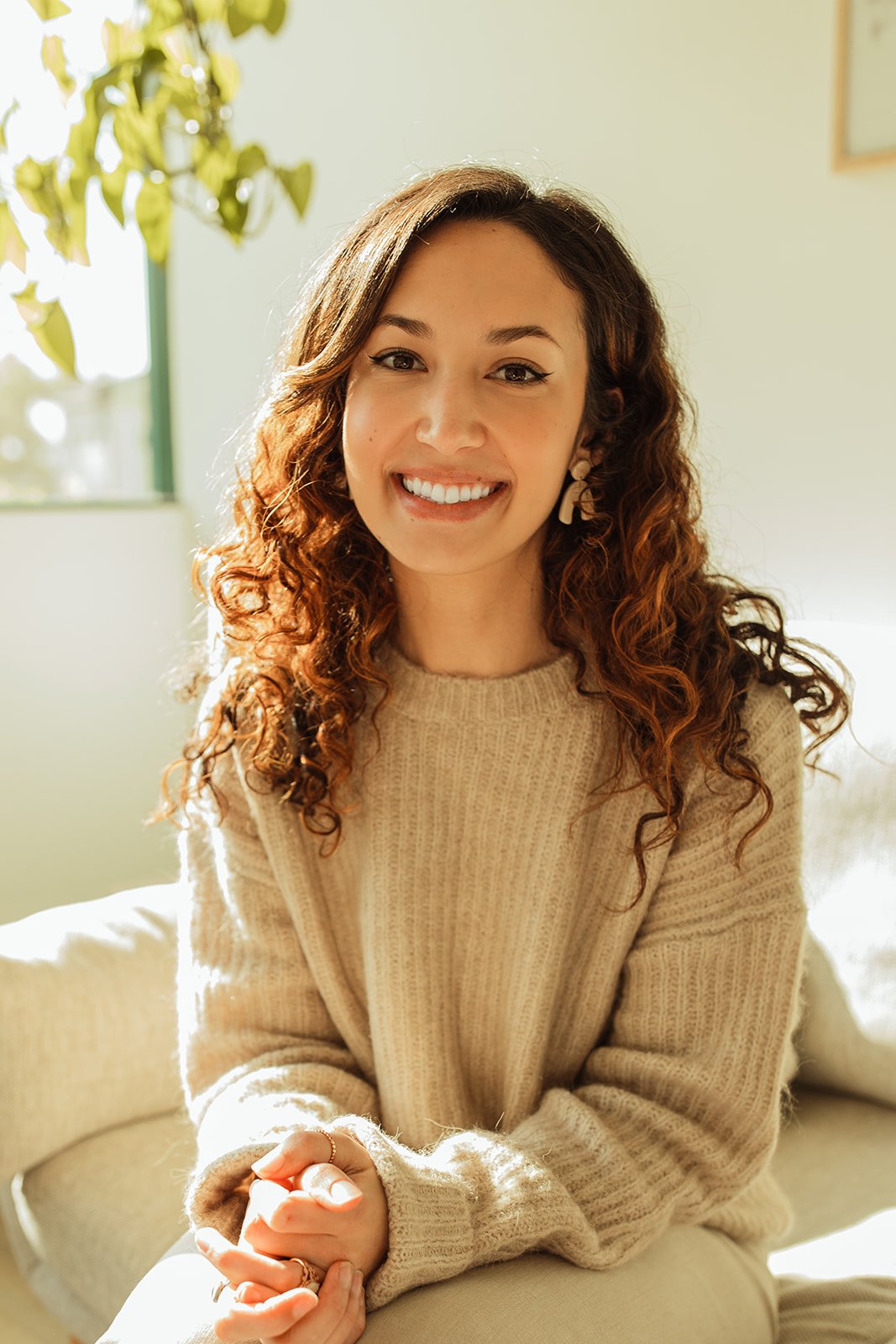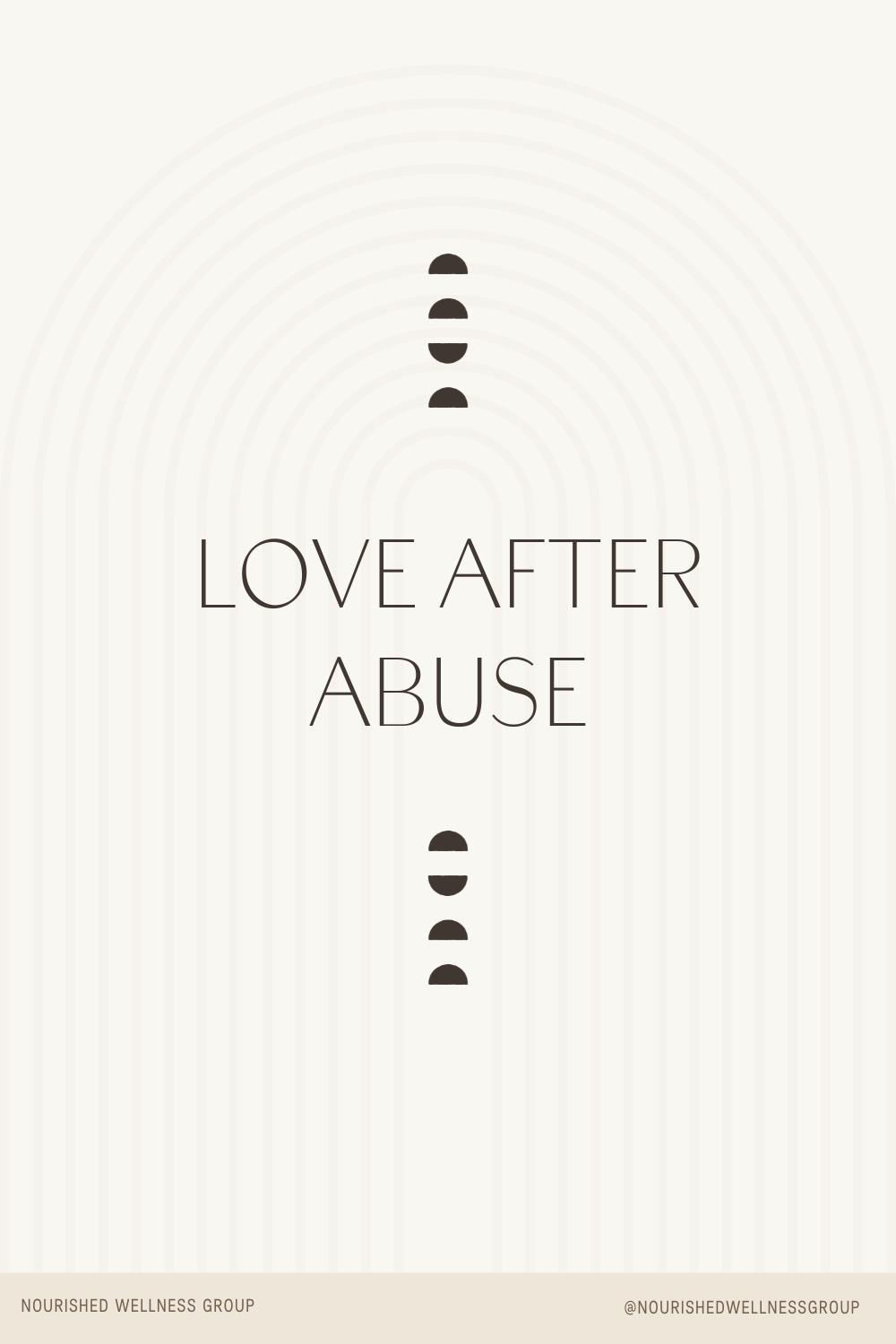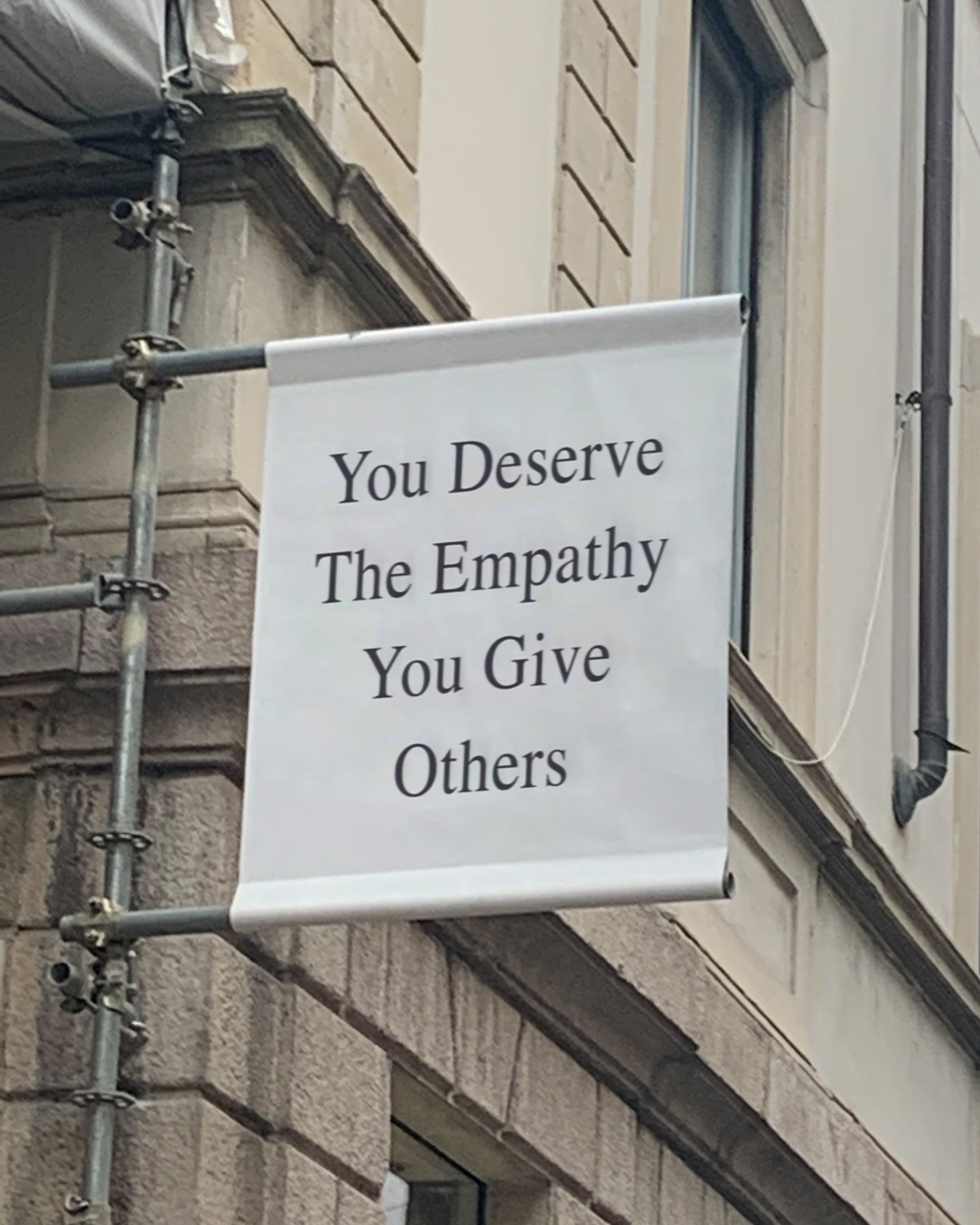Love After Abuse
The journey from harmful to healthy
Hi there, Gabrielle here. This feels like an important blog to be writing because it’s an experience many of my clients have had, trying to heal and decide how to find a relationship that’s a healthy fit for yourself. Abuse in relationships comes in many forms and can range in severity. The wounds that come from these experiences can continue to exist even after the relationship has ended. All of us out in the world are carrying our past experiences with us, we’re just not always aware of what to do with them or how to heal. I want you to know right off the bat, you are capable of healing and finding a different kind of relationship.
Abusive relationships are characterized by a pattern of behaviors that are used by one partner to exert power and control over the other. Abuse can look like physical, sexual, verbal, emotional, intellectual or spiritual abuse. They can range from consistently being made fun of or insulted to being physically harmed. Maybe these were things you experienced early on in your relationships or more recently. Either way, they can cloud our ability to find and experience healthy relationships. Here are some examples…
ABUSIVE BEHAVIORS
The Power and Control Wheel was developed by the Domestic Abuse Intervention Project in Duluth, Minnesota. Below are some listed abuse actions that can be used to keep a partner in an abusive relationship:
Using intimidation: blocking exits, attempting to elicit feelings of fear through looks, gestures, and actions, smashing objects, mistreating pets
Emotional abuse: calling you names, making you feel bad about yourself, insulting you, attempting to elicit feelings of guilt and humiliation
Using isolation: limiting what you do outside of the relationship or who you spend time with, controlling what you do or who you contact, attempting to track you
Denying, minimizing, blaming: saying that your experience did not really happen, placing blame or the responsibility of their actions on you, minimizing abusive behaviors
Using children: threatening your contact with children, attempting to elicit feelings of guilt around the children, using the children as a pawn or as a messenger
Using privilege: restricting your involvement in big decisions, attempting to hold the power in the relationship, restricting your access to resources, attempting to express that they know what is best for you
Using economic abuse: restricting you from finances or from getting or keeping a job, attempting to interfere with your work or education, not pursuing employment and requiring you to provide them with support while
Using coercion and threats: making threats to harm you or attempting to harm you, threatening to harm themselves, threatening others close to you, stalking
If any of this resonated with you know that you are worthy of a healthy relationship and try to separate yourself from any stories about what it means to be in a relationship like this (they’ll only keep you stuck).
How will I know when I’ve found a healthy relationship? I wish there was a simple answer to this question. One of the most important characteristics of a healthy relationship is both partners feeling safe. This can be tricky because it’s different than feeling comfortable. Sometimes, we stay in relationships because they are familiar even if we aren’t happy or if our needs are consistently unmet.
Let’s get into it…
The brain + the body
Our brains can create associations between things that are not typically associated with each other. Let’s use danger and love for example. This can be a common pairing for folks that witnessed or experienced a verbally/physically/emotionally abusive relationship growing up. It was what was shown to you, so your brain used it as part of your psychological foundation for relationships.
Among the important components to have in a sustainable relationship are novelty and security. In ways, these are opposites. I think many of us can misread danger as the excitement that we need in novelty and it’s not that we are consciously misreading these cues. Our attraction and associations are not just based on our explicit memories but our implicit memories as well.
Our brains store two types of long-term memories: explicit and implicit. Explicit memory is a conscious type of memory that we use to recall facts and events, these are the details of things that we are able to recall. Implicit memory is a type of memory that we use unconsciously to do things we've done before, like riding a bike or typing. It's formed through repetition and practice. If you’ve noticed patterns in your relationships that you can’t seem to think your way out of, more than likely it’s what is below your conscious awareness that is at play.
Another piece of how we can start to misread the cues around us has to do with our nervous systems. If you’ve followed along with Nourished Wellness Group, you know that part of our mind-body perspective to therapy comes from our nervous system-informed approach. If this is all new to you, explore more here. We are creatures of connection, it’s something we are created and wired for. In abusive relationships, we aren’t able to continue to connect safely and we move into a mode of protecting ourselves. This self-preservation functioning is something we can get stuck in when safety no longer exists. Learn more about the impacts of trauma here.
Love Theory
According to Robert J. Sternberg’s Triangle Theory of Love, there are three main components of love: intimacy, passion, and commitment.
“Intimacy is the feeling of closeness, connectedness, and bondedness that one feels in a relationship. Passion represents the drives that lead to romance, physical attraction and sexual activity. Commitment, in the short term, involves the decision that one loves another person. In the long term, commitment involves a decision to maintain that love (Sternberg, 1986, 1997, 2006)” (Madey, S. F., & Rodgers, L., 2009).
The idea is that a combination of these types of love creates ‘consummate love’ or the most well-rounded type of love. And there are other types as well. Romantic love consists of just intimacy and passion (lacking commitment), companionate love is intimacy and commitment (lacking passion), and fatuous love is passion and commitment (lacking intimacy). Many of us settle into a different type of love than what is most optimal for us. Sometimes, we come to accept or believe that we deserve less. That is an example of an unhelpful narrative and it’s one worth challenging. You are worthy of a healthy, loving, safe relationship.
Attachment
Another reason why we can be drawn to certain partners or find ourselves in patterns of relationships can have to do with our attachment style. Attachment theory is based on the idea that how we learn to connect is impacted by our first relationships, ultimately our relationships with our caregivers.
Connecting with our caregivers is instinctual and necessary for our survival because as little babies we’re entirely reliant on them to meet our needs and to protect us. We all find ways to meet our needs and connect with our caregivers, whether they attend to our needs effectively or not. Our attachment styles can speak to some of the behaviors and beliefs we learned along the way and show up most prominently in our romantic relationships.
Attachment styles can change, and you can experience traits of other attachment styles without actually having that attachment style — so don’t go diagnosing yourself too quickly :) Let’s explore some of the basics:
Secure: feels present and safe, transitions well from time spent in connection and spending time alone, and holds space for relational disagreements and resolutions.
Avoidant: struggles with their emotions, can feel hyper-independent, often seeks out space, and can struggle with closeness.
Anxious: difficulty taking care of their own emotions or self-soothing, fear of abandonment, difficulty trusting, often misinterpreting things negatively, and craves connection.
Disorganized: dysregulated, often reactive, fluctuates between avoidant and anxious tendencies, and can struggle with feeling that relationships are unsafe.
how to heal after leaving
The first step is always establishing a sense of safety. This looks like setting boundaries in relationships, increasing your access or use of your support system, prioritizing taking care of yourself, and challenging self-criticism or self-judgments.
If you’d like to start exploring your experiences on your own and feel like you have adequate support, start journaling about what you want and what you need in a relationship to feel safe and cared for. The wants and the needs may differ.
Consider any patterns that may have existed in your relationships and think about what takeaways you have now about what red or even yellow flags may be in relationships. Notice the times when you are ignoring those flags or ignoring information from your mind and body in a relationship.
Lean into your support system, look for spaces where you can safely talk about your experiences, and seek out others who have experienced abusive relationships to help you feel heard and understood.
Be gentle with yourself. Try to minimize any self-judgment or self-criticism.
Work with an individual therapist to explore your relationships, attachment style, narratives, negative beliefs, and process any difficult emotions or memories from your abusive relationships. Relational trauma benefits from relational healing ♡
—————————————————
References:
(2016, May 17). Types of Abuse. PsychCentral. Retrieved May 31, 2023, from https://psychcentral.com/lib/types-of-abuse#1
National Domestic Violence Hotline (n.d.). Power and Control Break free from abuse. Retrieved June 13, 2023, from https://www.thehotline.org/identify-abuse/power-and-control/
Madey, S. F., & Rodgers, L. (2009). The Effect of Attachment and Sternberg's Triangular Theory of Love on Relationship Satisfaction. Individual Differences Research, 7(2).
About me;
Hi there! I’m Gabrielle, I’m a Licensed Clinical Professional Counselor and Brainspotting Practitioner. I have a passion for working with childhood and complex trauma, helping people learn to be their most authentic selves, and for working with emergency and first responders. Big fan of little moments, thoughtfulness, nature, and anything creative. If you’re interested in working with me, click below to set up a free consultation (:
Pin This Post!
Related Posts
If this post was helpful, you might also like these…










